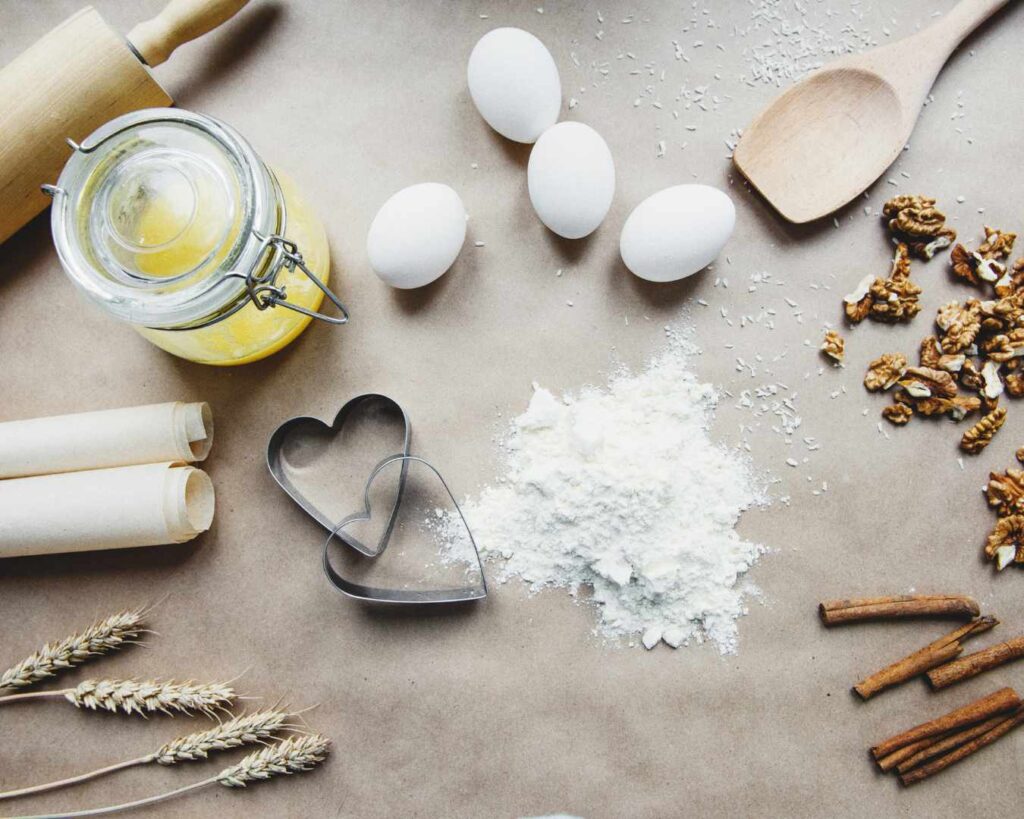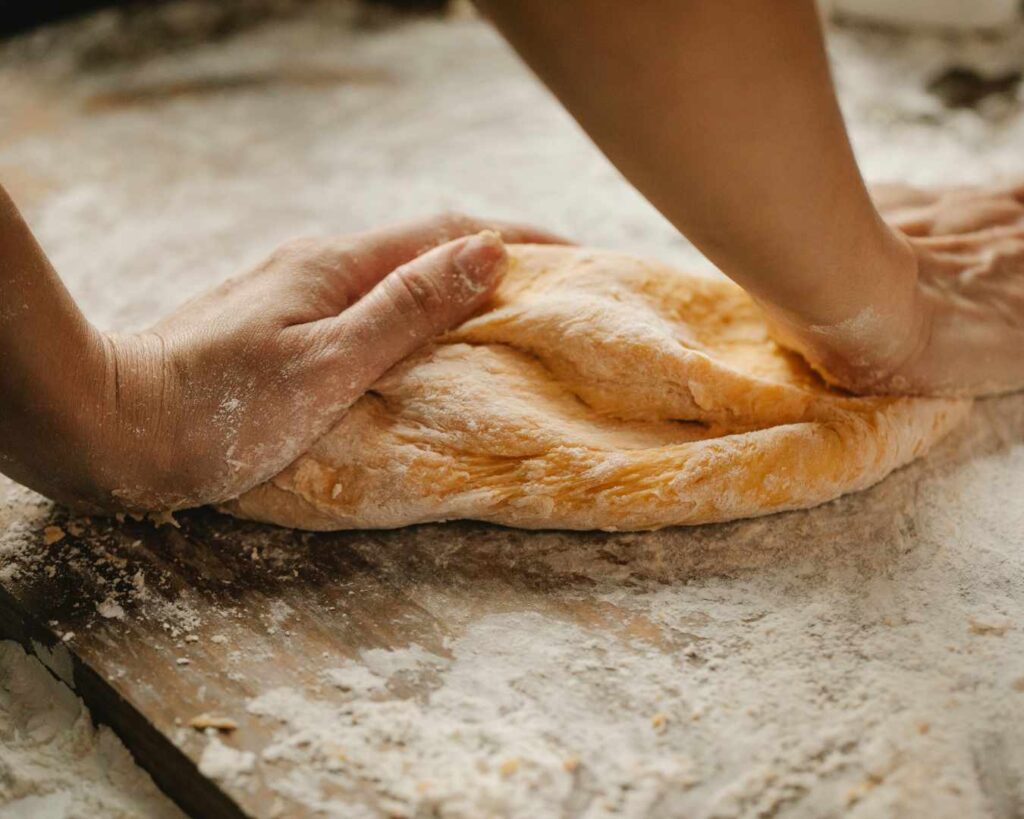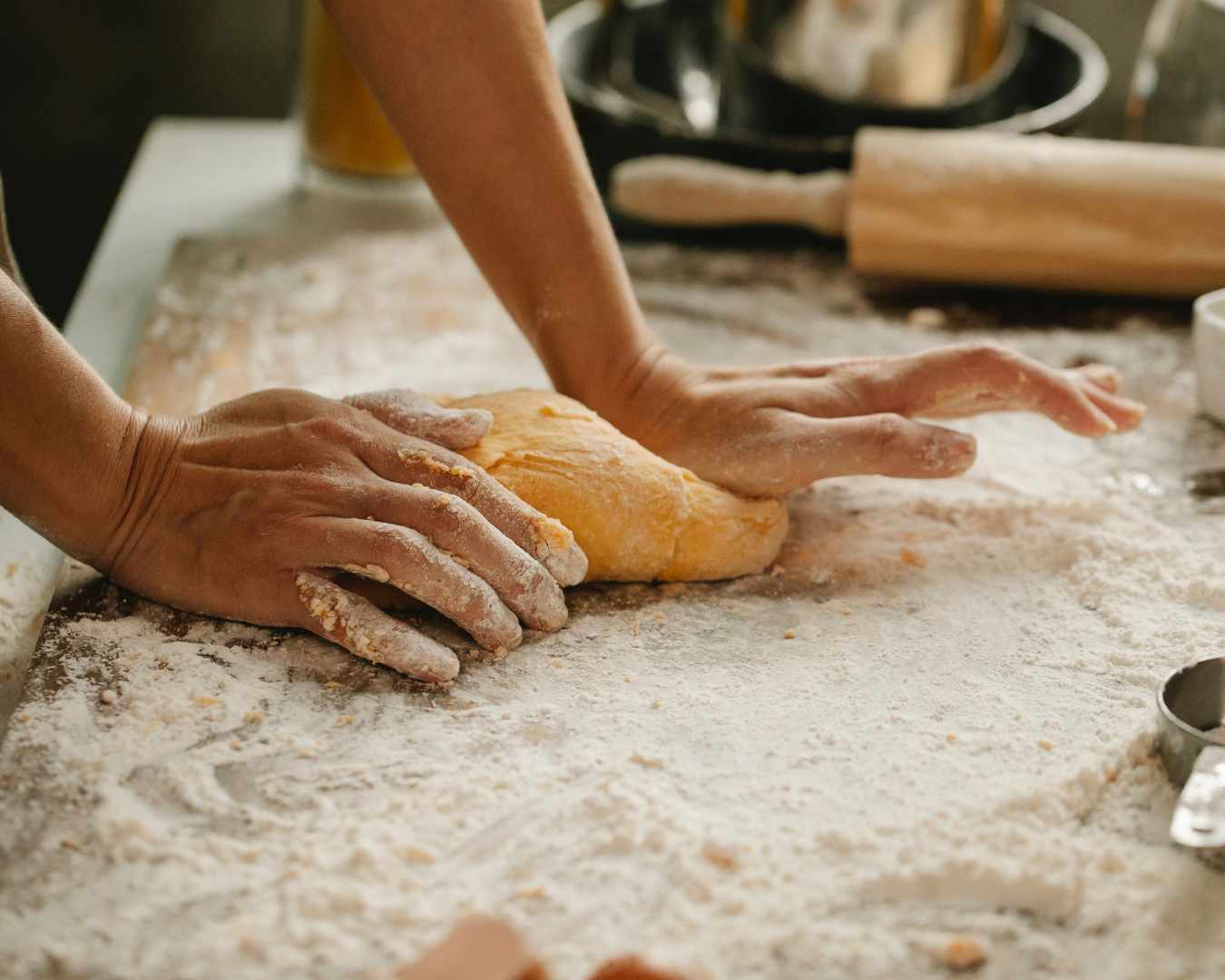The Science of Baking and Pastry Making: Understanding the Fundamentals
Baking and pastry making are as much about science as they are about artistry. While the creativity of crafting beautiful and delicious treats is essential, understanding the science behind these processes can elevate your skills and ensure consistent, successful results. This blog post delves into the fundamental science of baking and pastry making, helping you grasp the key principles that drive these culinary arts.
The Role of Ingredients
Flour: Flour provides the structure for baked goods. Its proteins, primarily glutenin and gliadin, combine with water to form gluten, which gives dough its elasticity and strength. Different types of flour have varying protein content, affecting the texture of the final product. For instance, bread flour has higher protein content compared to cake flour, which results in a chewier texture in bread and a lighter, softer crumb in cakes.
Sugars: Sugars are not just for sweetness; they play multiple roles in baking. They help with the browning process through caramelization and Maillard reaction, contribute to the texture by affecting moisture and tenderness, and enhance flavor. Different sugars, like granulated, brown, and powdered, impact the final product in distinct ways.
Fats: Fats, such as butter, oil, or shortening, provide richness and moisture to baked goods. They interfere with gluten formation, creating a tender and flaky texture. Fats also help with flavor development and contribute to the overall mouthfeel.
Leavening Agents: Baking powder, baking soda, and yeast are leavening agents that cause doughs and batters to rise. Baking soda and baking powder create gas through chemical reactions, while yeast ferments and produces gas, which makes dough expand. Proper use and understanding of these agents are crucial for achieving the desired texture and rise in baked goods.
Liquids: Liquids, including water, milk, and eggs, are essential for hydrating flour, dissolving sugars, and activating leavening agents. They also affect the consistency of batters and doughs and contribute to the final texture and flavor of baked products.

Mixing and Kneading
Mixing: The method of mixing affects the texture of the final product. Over-mixing can develop too much gluten, leading to tough baked goods, while under-mixing can result in uneven distribution of ingredients. Different recipes require different mixing techniques, such as creaming, folding, or stirring, to achieve the desired consistency.
Kneading: In bread making, kneading develops gluten, which gives bread its structure and chewiness. Proper kneading is crucial for achieving the right texture, as insufficient kneading can lead to dense bread, while excessive kneading can make it tough.
Temperature and Time
Oven Temperature: Accurate oven temperature is vital for even baking. Too high a temperature can cause products to brown too quickly on the outside while remaining raw inside, while too low a temperature can result in undercooked goods with poor texture. Using an oven thermometer can help ensure precise temperatures.
Baking Time: Baking times vary depending on the recipe, oven, and size of the baked goods. Following the recommended baking time is important, but it’s also essential to monitor the baking process and make adjustments as needed.

The Maillard Reaction and Caramelization
Maillard Reaction: This complex chemical reaction between amino acids and reducing sugars occurs during baking and contributes to the browning and flavor development in baked goods. It’s responsible for the golden crust of bread and the rich flavors in cookies and cakes.
Caramelization: Caramelization is the process of sugar breaking down and turning brown when exposed to heat. It adds depth of flavor and color to pastries and confections, such as caramel sauce and roasted nuts.
Pastry Science
Laminate Doughs: In pastry making, laminated doughs like croissant and puff pastry rely on creating layers of dough and fat. The process of folding and rolling creates thin layers of fat and dough that puff up when baked, resulting in a flaky texture.
Temperature Control: Temperature is critical in pastry making. For example, keeping dough cold ensures that fats remain solid, leading to a flaky texture in pastries. Similarly, precise temperature control in chocolate tempering is essential for achieving a smooth and glossy finish.
Understanding the science behind baking and pastry making can greatly enhance your culinary skills, leading to more consistent and successful results. By grasping the roles of different ingredients, the effects of mixing and kneading, and the importance of temperature and time, you can apply these principles to create delightful baked goods and pastries every time.

